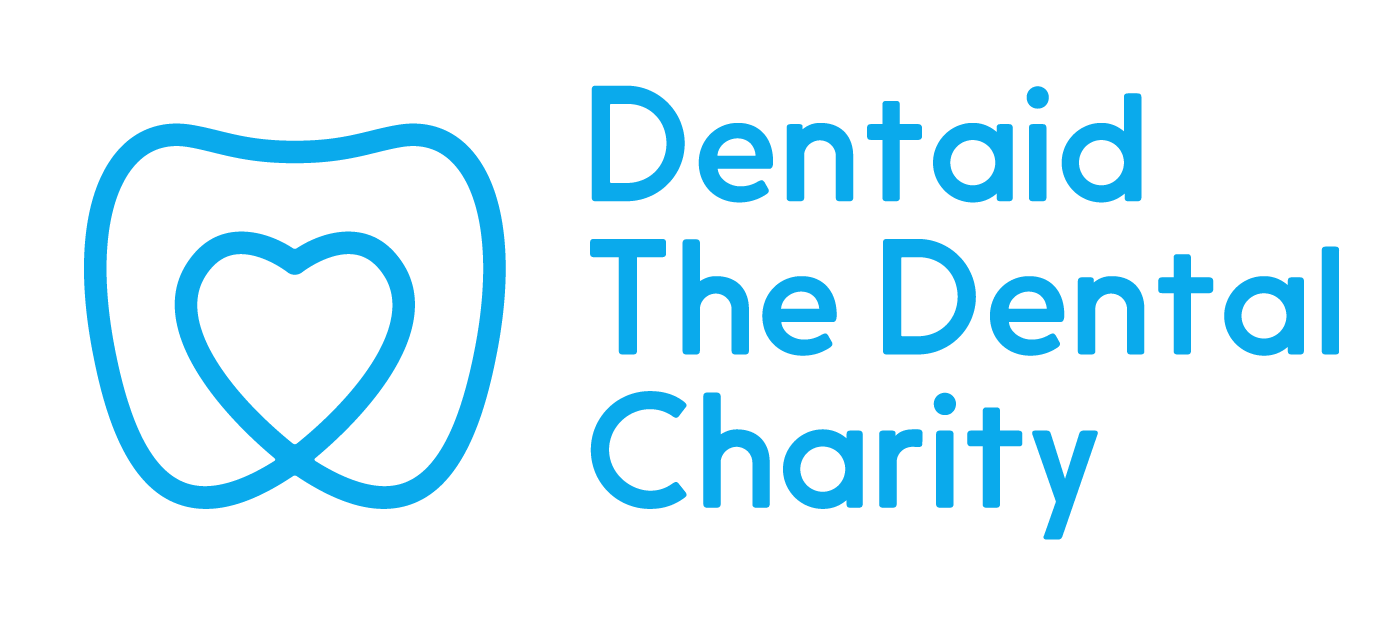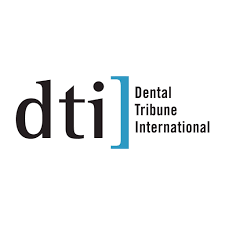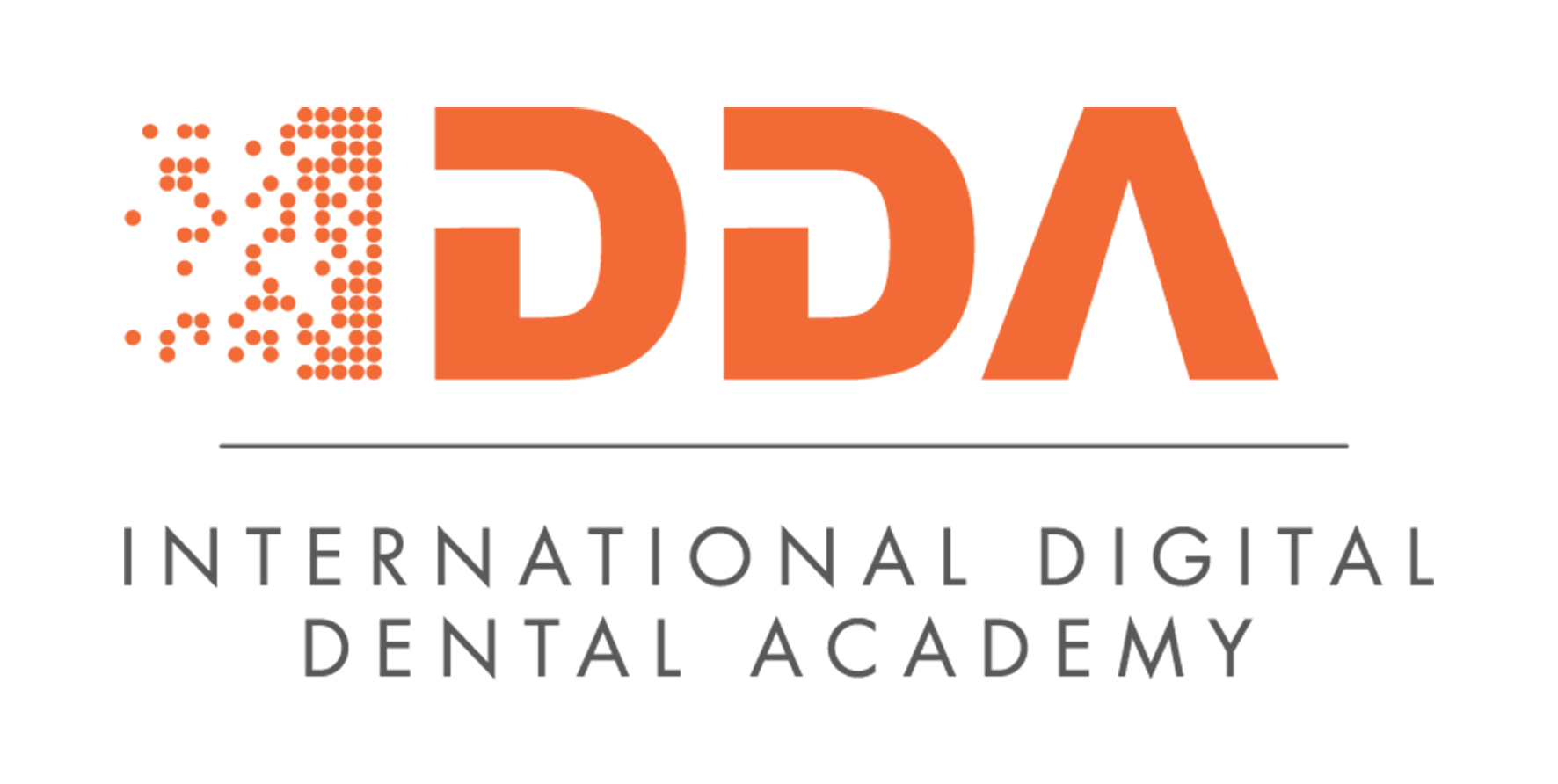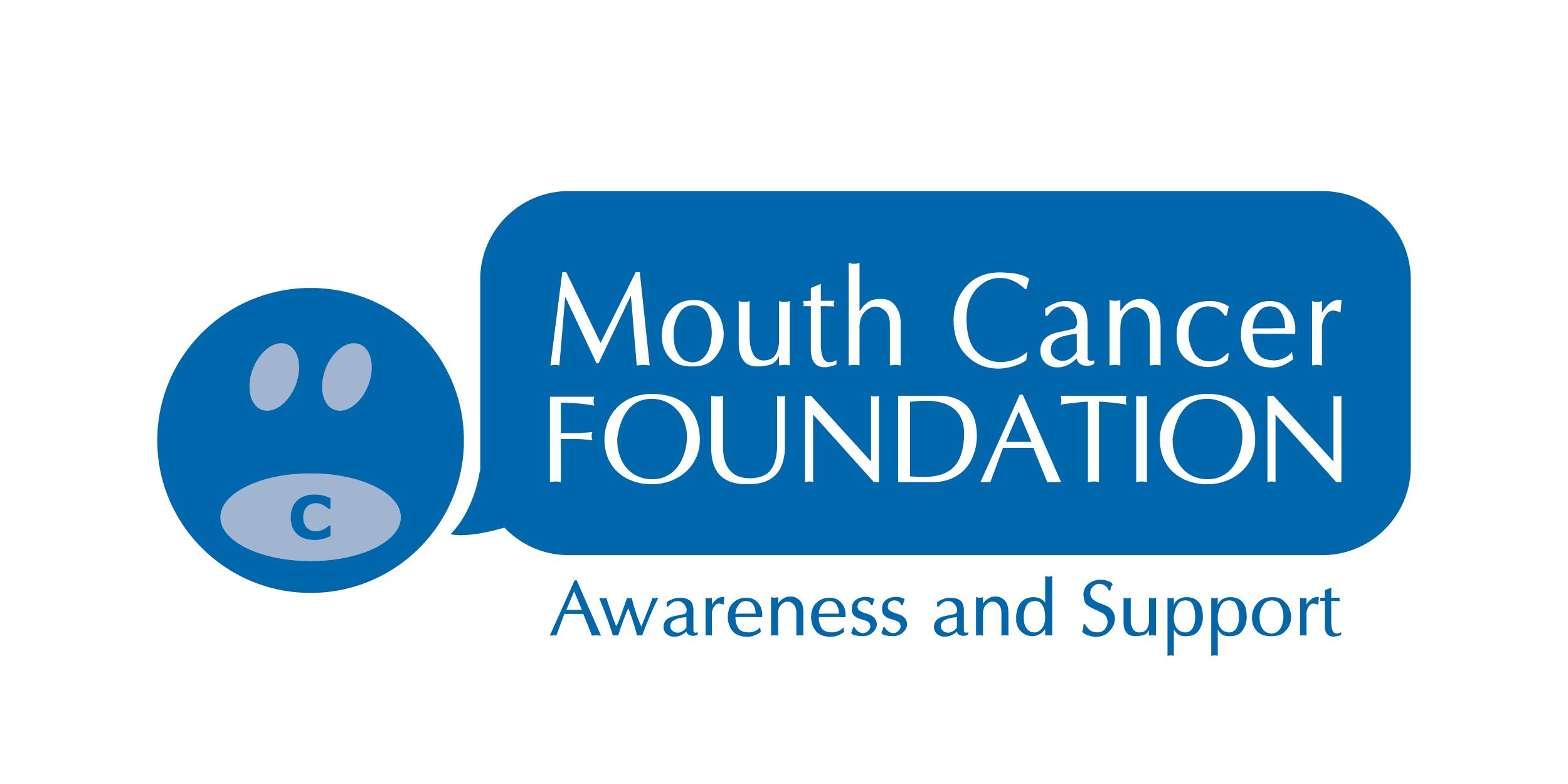What does the dental team need to know about STIs?
)
Sexual health and dentistry are not two disciplines that people usually consider to be connected. However, dental nurse educator Preetee Hylton is on a mission to change that.
At this year’s Dentistry Show London, Preetee will be talking about the need for better awareness of the oral manifestations of sexually transmitted infections (STIs) within the dental profession in her talk entitled ‘Oral STIs: Signs for the dental team to look out for.’ With evidence showing increased incidence of STIs globally between 1990 and 2019, there has never been a better time to increase people’s awareness of the signs, treatments and preventative measures for sexually transmitted infections, and dental professionals are no exception.
Preetee’s interest in this subject area was sparked when asked to write a valentine’s day-themed article for the Dental Nursing Journal back in February. ‘My first thought was: STIs. Why do dental professionals not talk about STIs and STDs (sexually transmitted diseases)? Like many subjects in dentistry, it’s still quite taboo. And I think I am known within the profession for speaking about quite challenging topics.’
Although often used interchangeably, the term STI refers to infections that are transmitted through sexual contact, while STDs are infections that have progressed to a symptomatic stage. Not all STIs manifest themselves orally. While conditions such as chlamydia and Hepatitis B are among the more common and well-known sexually transmitted infections, their relevance within the dental practice is limited. However, there are a number of STDs that the dental team may pick up on when treating patients. ‘You’ve got oral herpes, which is your cold sores, that is caused by a virus. You’ve got your human papillomavirus (HPV), which according to Cancer Research, is the cause of 25% of cases of oral and oropharyngeal cancer in the UK. You’ve also got bacterial infections like gonorrhoea and syphilis.’
Preetee thinks that all dental professionals should have an awareness of the common oral manifestations of STDs so that if they spot anything out of the ordinary, they are able to offer informed advice to patients or refer them to the appropriate healthcare professional. ‘In terms of symptoms, there is cause for concern if you notice anything like blisters, ulcers or rashes around the mouth, and that could be internally or externally. You also get unusual discharges. So if it’s an STD or an STI, it’s probably going to be green or yellow discharge, and it could be quite smelly as well. Sometimes you get a skin growth, and warts around the mouth. I don’t see this very often, but I have noticed it a few times in the past. And when we’re talking about HPV, it’s very important that we look out for red or whiteish patches which are not healing after three weeks. And that is when you should start referring patients urgently to your local cancer service.’
Preetee believes that sexual health warrants the same level of attention from dental professionals as smoking and alcohol consumption. ‘We give smoking and alcohol cessation advice, so why not sexual health advice as well? Unfortunately, there is still some stigma surrounding STIs and STDs, so we need to be having open and honest conversations on a very regular basis. Maybe some will see this as going a bit too far, but I would like to see this included in the curricula for dental nursing, hygiene and therapy courses, and even dentistry.’
Being aware of the signs of STDs is crucial for dental professionals, not only to be able to assist patients in seeking appropriate medical advice when needed, but also from a safeguarding standpoint. ‘If a patient is presenting with oral manifestations of a sexually transmitted disease, it could be a safeguarding issue because it might be an indication of sexual assault. That’s why we need to be comfortable to speak to our patients about these things, and to ask them questions if we notice anything unusual in the mouth. This could simply be asking them: have you noticed this? How did this happen? Are you aware of it? Just get the conversation going so that they feel safe in the dental practice. We are professionals and we shouldn’t be judging anyone, because we’re there to help. The dental practice should be a safe space.’
Ultimately, prevention is the best medicine, and Preetee wants dental professionals to feel confident in providing safe sex advice to patients as part of their oral health education. ‘The NHS website has lots of information on sexually transmitted diseases and sexual health services. If we’re thinking specifically about HPV, then Cancer Research UK and the Mouth Cancer Foundation have lots of great resources and leaflets that you can download and share with patients and colleagues.’
By being able to recognise the oral manifestations STDs, dental practitioners can play a vital role in facilitating timely referrals, ensuring appropriate treatment, and contributing to the broader efforts in preventing the spread of these infections.
Don’t miss Preetee Hylton’s lecture, ‘Oral STIs: Signs for the dental team to look out for’, taking place in the Dental Care Professionals Hub on Friday 6th October at this year’s Dentistry Show London at ExCeL London.
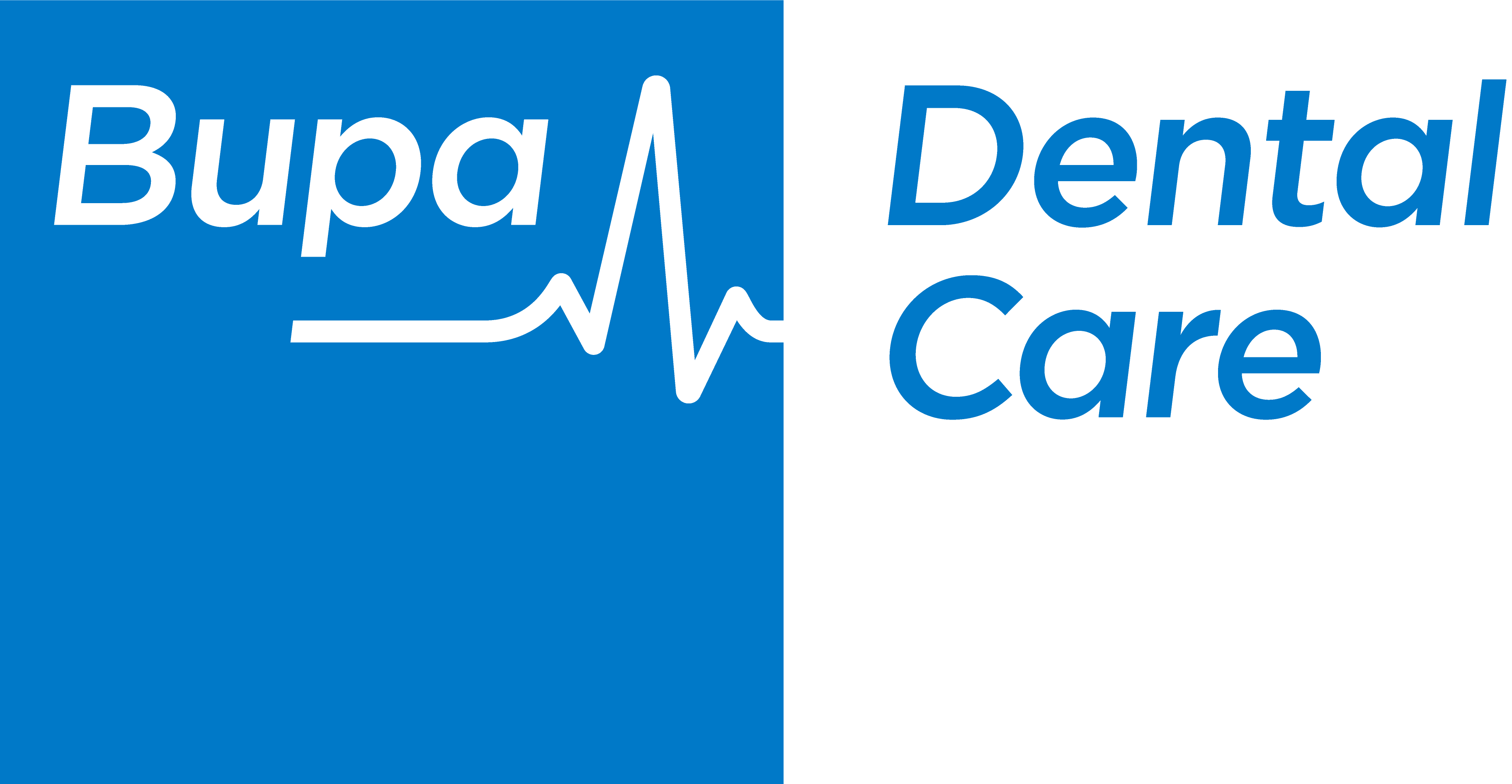


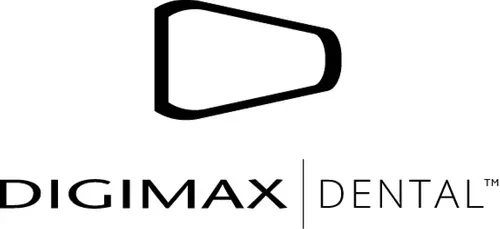

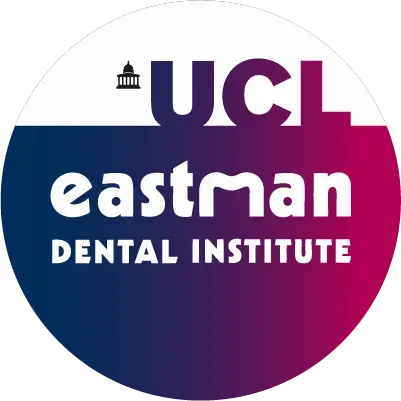







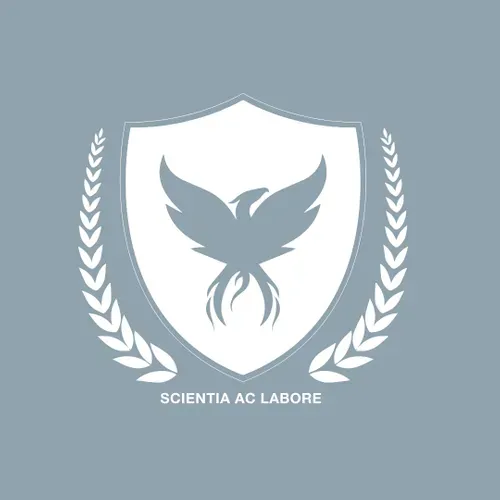


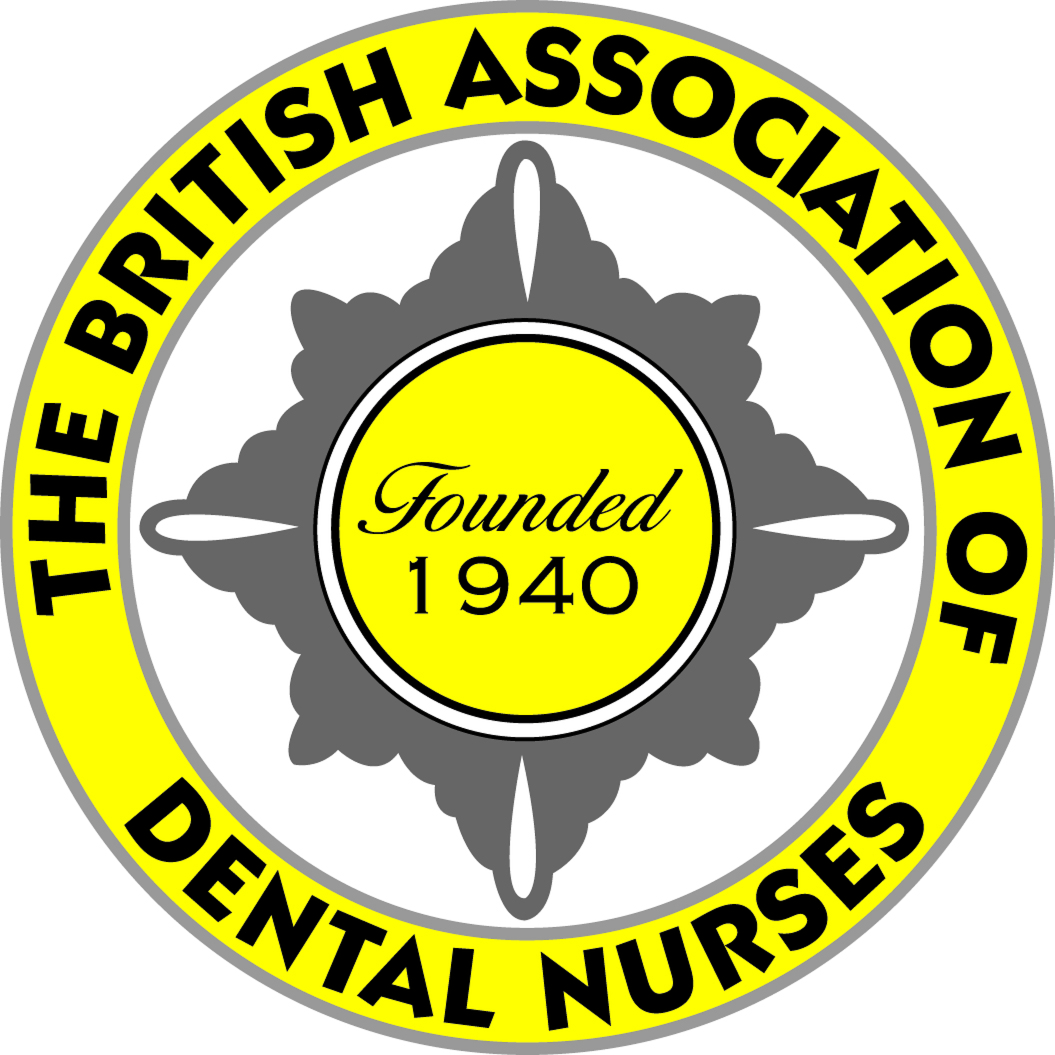
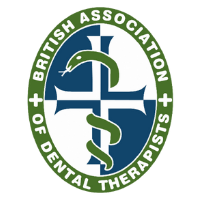

.jpg)


